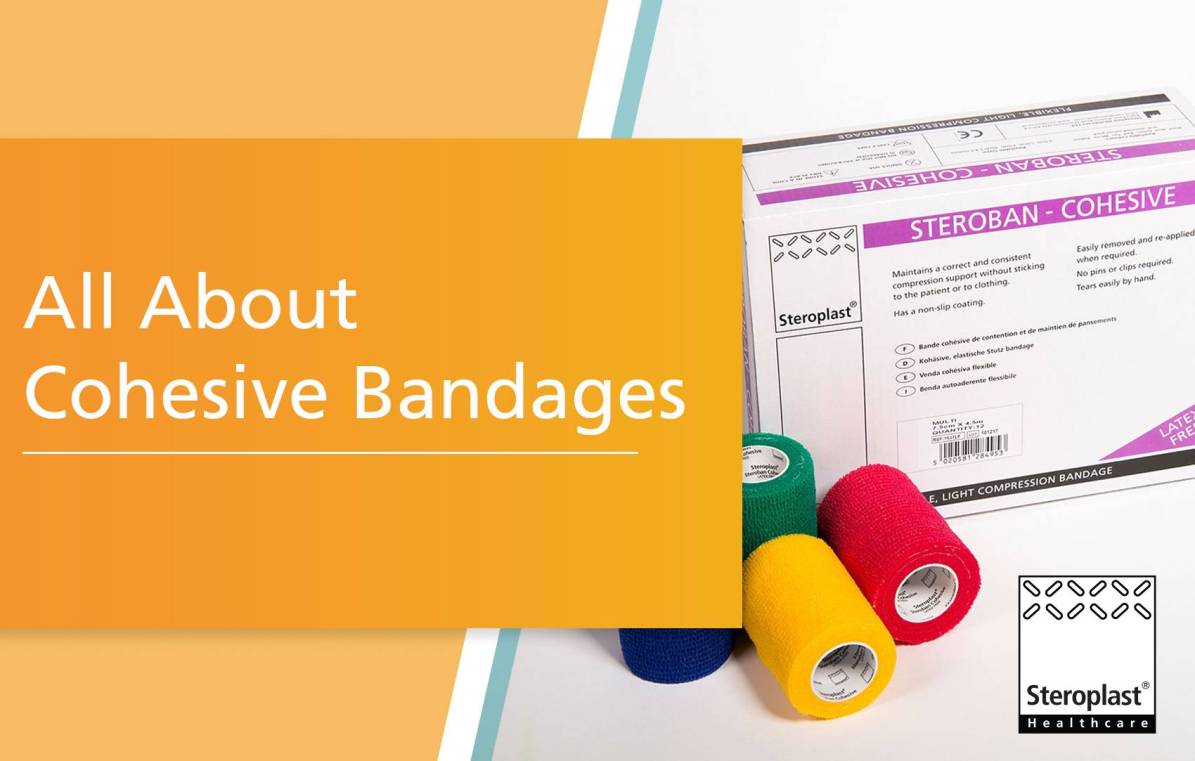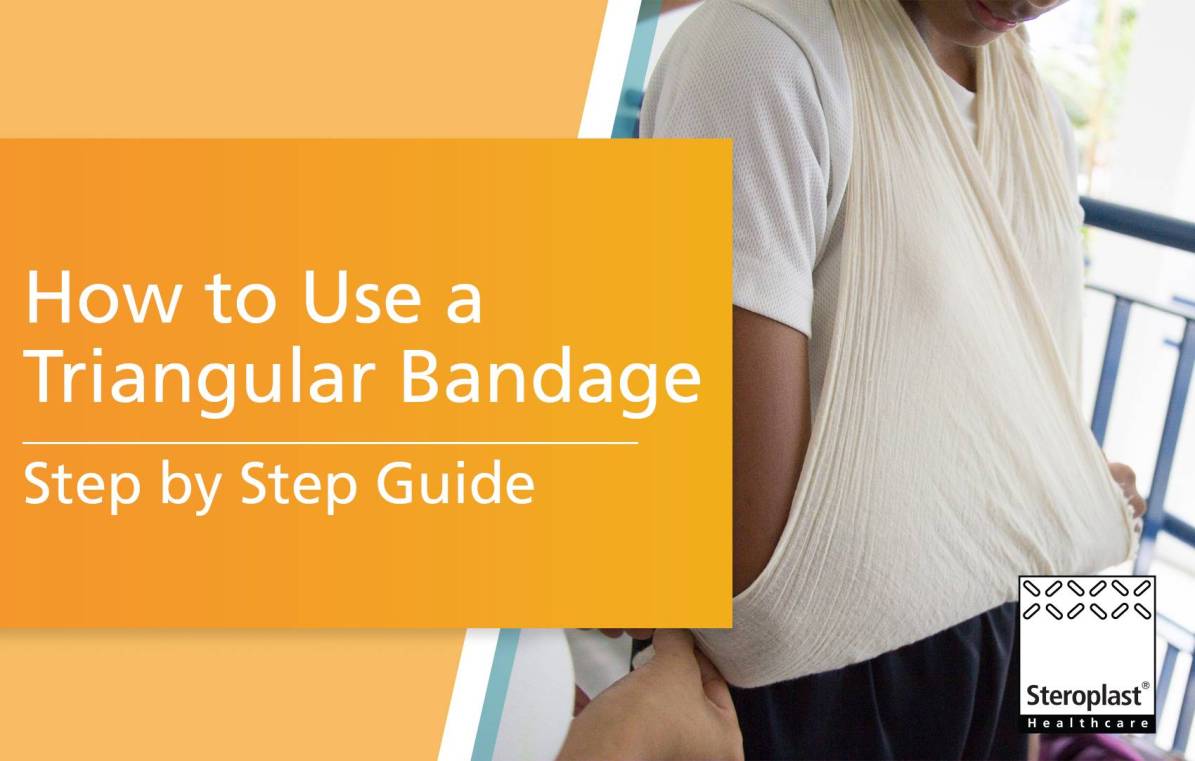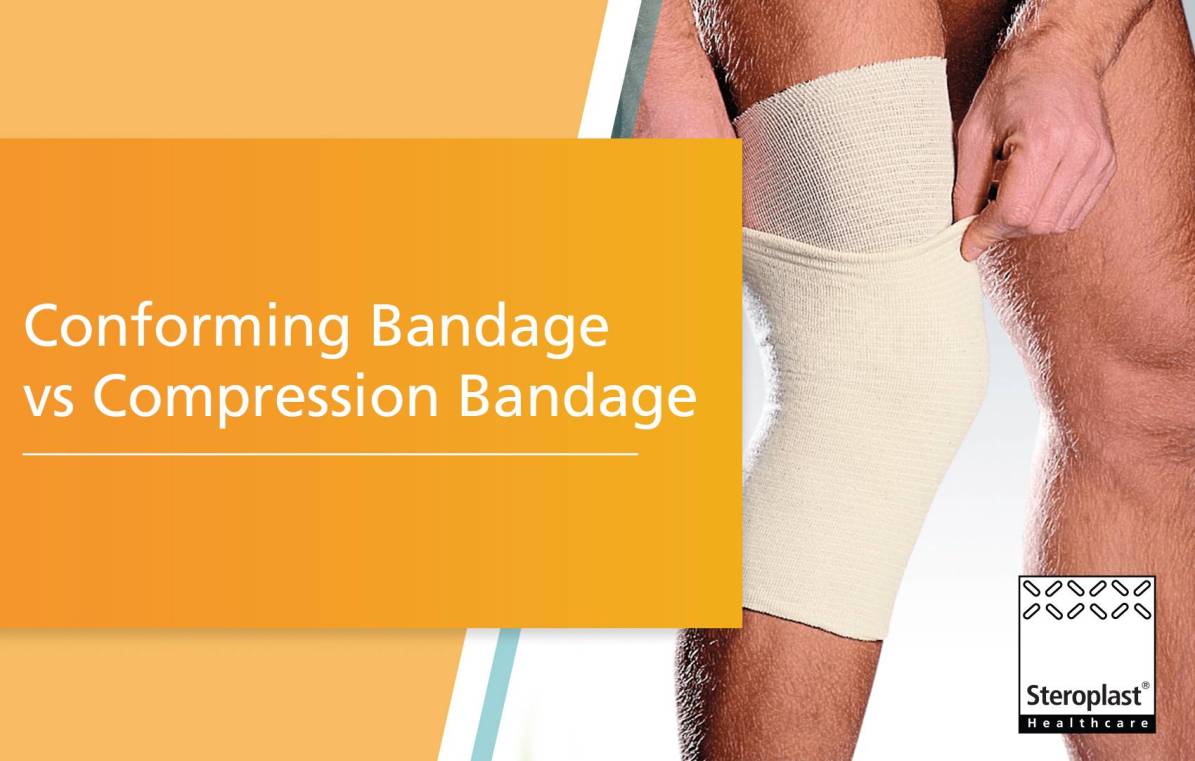All About Elastic Adhesive Bandage
Known as the #1 sports tape for rugby players, EAB is highly versatile. Strong adhesive, breathability, water repellence, and moderate compression mean this type of bandage is excellent for supporting and compressing soft tissue injuries and protecting the body during heavy sports activities.
In this article, we’ll cover everything you need to know about elastic adhesive bandage.
What is EAB?
Elastic adhesive bandage is a type of adhesive tape made from a stretchy cotton weave that provides moderate support and moderate elasticity. Moderate support can be described as between zinc oxide tape and kinesiology tape, where ZO tape is very rigid, and K tape is very supple.
We’ve made three different types of EAB to meet the needs of sports and healthcare professionals and injury therapists based on feedback about what they need.
Our standard EAB. Strong, durable, and high stretch. Our premium EAB is made with a central guideline to help with application and comes in four different widths. The superior medical-grade adhesive helps EAB to stay in place for days if needed. It’s also water-repellant (but not waterproof), making it last even longer.
How does EAB work?
EAB can stretch up to 170% of its resting length, and this means you can apply varying amounts of pressure. The adhesive on EAB means once you’ve decided on an appropriate level of pressure the bandage will compress at this rate until it’s taken off.
Compression can help to reduce swelling at the time immediately after injury, which reduces pain and discomfort and helps to minimise the extent of the injury. Contrary to what may seem, compression actually helps circulation to the area as it ‘stretches’ veins and capillaries out.
Compression also reduces the rush of blood to an area—a part of the body’s natural response to injury, which can be counterproductive. During compression, lymph buildup is reduced, allowing lymph to transport waste from the tissue better. The reduction of swelling overall is what eases the pain of the injury.
This means you can retain an optimal amount of pressure to support an injury or reduce swelling without the need to tighten or reapply the tape. But it also means you could constrict blood flow if it’s applied too tightly. See below for how to check if EAB is too tight.
EAB has a coarse, crinkly texture, providing an added layer of protection and traction to the skin. This is ideal for protecting fingers and ears in sports.
Limited-time Offers
Save £420 on Defibrillator Bundles
Shop our Bundle Discounts.
What is elastic adhesive bandage used for?
Joint Support
One of the main uses for EAB is moderate joint support. When joints don’t need to be immobilised but do need a bit of extra help, either to prevent jarring movements to a healing injury or to encourage movement in a certain direction, EAB is a great option.
EAB is often combined with other tapes, like zinc oxide tape, to add support, comfort, and protection.

Injury Protection
When a soft tissue injury occurs, blood and lymph will rush to the area to produce protective swelling. But this can actually cause pain and even interfere with the healing process. EAB can be used to provide instant compression to injuries, cradling the joint and reducing the pain and discomfort of swelling.
The moderate compression and elasticity of EAB give it a soft and comfy quality that doesn’t restrict the patient’s movement while providing the necessary protection.
Another excellent bandage we offer for injury and joint support is Steroban Cohesive Bandage. Unlike EAB this bandage adheres to itself but not to skin, hair, or clothes giving the user more flexibility with its use. We also stock Steroban Cohesive Riplite which is easy to tear and use on the go and well suited to sports. Find out about cohesive bandage in our blog.

Protecting Ears
Cauliflower ear is an injury suffered by boxers and rugby players where the delicate ear cartilage is exposed to impact during fighting or play. EAB is commonly used to protect ears, adding a robust layer of protection to tissues and cartilage. It also helps minimise the chance of a tear or cut to the ear.
Lineout Tape
EAB is the most popular tape used on lifting blocks during rugby. EAB’s superior adhesive means it stays firmly in place, holding lifting blogs to players’ legs so they can be lifted during play without slipping.

Thumb Taping
Thumb taping helps to provide the necessary grip when lifting weights and performing resistance training of many different kinds. The coarse texture of EAB gives added grip and traction when using kettlebells, dumbbells, barbells, rings, ropes, and bars.
EAB is a good option for thumb taping because its give adds a layer of comfort. But other more high tensile tapes can be used for the same purpose. We offer:
- Sterotape ZO Tape: one of the greatest adhesives and most robust support for immobilising joints.
- Sterotape Premium: an even more adhesive zinc oxide tape.
- Sterotape Fabric Strapping: which comes on a spool with a cap for easy application and storage.
Removing ZO tape can be difficult because its adhesive is so effective. Here’s how to remove zinc oxide tape, and how to remove surgical tape.

Visit our
Interactive First Aid Guide
Demystify workplace first aid & find out exactly what your business needs.
How to Use Elastic Adhesive Bandage
When using EAB, there are some best practices to follow.
- Wash the area you plan to wrap using soap and water or use an alcohol wipe. Ensure any oil-based products are removed, as these could affect the adhesive properties of the bandage.
- Pat the area dry and allow it to air dry completely if possible to give the skin the best breathability and ensure optimal stick.
- It’s not necessary to shave as the EAB will still provide excellent adhesive, but this can help with a more painless removal.
You can cut EAB strips to size or use it directly off the roll. Cutting strips to size is a good option if you need to tape a small area or cover a joint in several strips, such as a shoulder or knee. If you plan to wrap EAB around a leg, arm, wrist, or ankle, you can begin to apply it straight away, rolling the bandage off the roll as you go.
To apply compression, press the end of a piece of EAB to the area and hold it down firmly with one hand. Holding the other end of the strip, stretch it out, then press it down firmly to the skin.
EAB can be used with underwrap if you need added skin protection. This can help to reduce the pain of removal due to pulling hairs and skin and protect broken skin or wounds that need to be covered.
Always check in with the patient or check yourself to ensure blood flow isn’t being cut off. You can do this by
- Checking the temperature of fingers and toes if the bandage is applied on limbs.
- Checking the colour of fingers or toes to see if they are pale or blueish. You can also press down on a finger or toe, and if the colour returns very slowly, it’s a sign the bandage may need to be loosened.
- Check whether the patient has lost feeling anywhere relative to the bandage.
Don’t forget that EAB applied to a straight limb could become too tight if the limb is bent for long periods of time.
Please enter your details into the form below along with any questions or comments and a member of our team will be happy to provide you with more information:


















